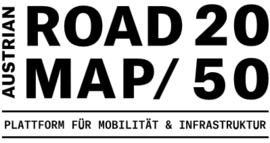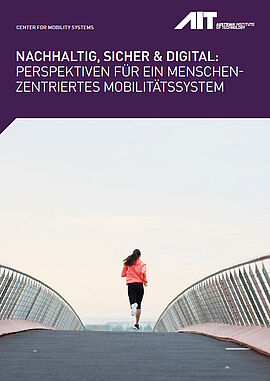An integrated approach to passenger transport and logistics, combined with flexible use of the infrastructure, opens up new perspectives for designing the mobility of the future. The mobility system should be ecologically compatible, efficient, safe and resilient, as well as meeting the needs of the people. The research and development work at the AIT Center for Mobility Systems aims to make a significant contribution to the design of this future mobility system.
The Austrian Roadmap 2050, a platform for mobility and infrastructure, is now presenting a five-part series highlighting the centre's research work, featuring experts and outlining the key research questions. The series promises to make for exciting reading:
In the first part, ‘Sustainable, Safe, Digital – On the Way to Future Mobility’, Head of Center Arno Klamminger is interviewed in detail. Part two, ‘Efficiency and Resilience in the Mobility System’, is dedicated to the question of how to optimise the mobility system to save time, costs and resources while increasing resilience. The third part of the series, ‘With reliable transport infrastructure into the future’, is about providing a reliable and future-oriented transport infrastructure. Not only roads, railways or cycle paths, but also bridges, tunnels, buildings and even retaining structures and noise barriers play a central role here.
The fourth part, ‘Safety for all road users’, is dedicated to accident prevention through preventive measures and highlights how, in particular, vulnerable road users such as cyclists or pedestrians can be better protected. In the fifth and final part of the series, ‘How does climate-friendly mobility work?’, we examine how the mobility system can be made climate-friendly and how research can contribute to this.
The document on which the series is based and which was published by the AIT Center for Mobility Systems at the end of last year, Sustainable, safe & digital: perspectives for a human-centred mobility system, is available to download here.





